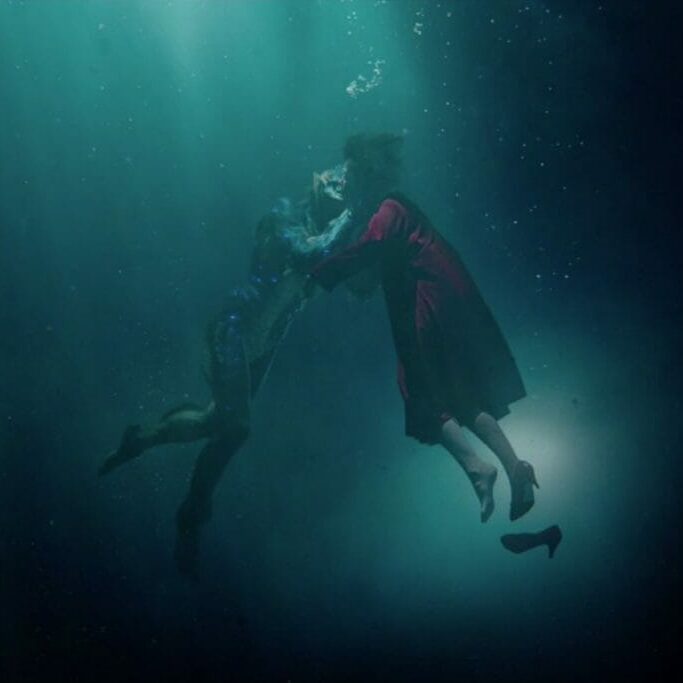
Movies mimicking society
The #MeToo movement reflected in The Shape of Water
The Shape of Water is not your usual Hollywood love story.
For starters, its female lead Elisa is deaf and played by an actress over the age of 25. Her best friends are also not quirky sidekicks, but an older gay artist and a black co-worker with their own struggles and desires.
And of course, you can’t talk about what makes this movie different without mentioning its major point of interest: it’s not a story of woman and man, but of woman and fish-man.
The movie’s biggest divergence isn’t its increased representation or unconventional romantic partners; it’s the power that the movie gives Elisa.
When she meets the Amphibian Man, he needs her help. Despite his introduction as a dangerous and powerful creature, he relies on Elisa to move around in the world.
Every romantic moment in the movie leaves Elisa fully in control and able to decide what she wants for herself – not a typical scene for most pop culture movies.
Movies don’t exist in a vacuum.
They reflect our culture and societal beliefs, even if they have to mock them to do so. To understand what gives Elisa the power in The Shape of Water, we can look back to a movie that came out almost exactly 20 years before it.
When Titanic was released in 1997, third-wave feminism was gaining traction. Women were speaking out: against sexual harassment and for sex positivity. But this wasn’t being represented in film.
The biggest love stories for young women were represented in teenage rom-coms, often featuring damaging tropes like the need for a makeover (Clueless) or love stemming from a cruel bet (She’s All That.)
Titanic provided something different: a woman finding love built on mutual respect, with a man that allowed her to break out of the expectations of her time.
Still, the movie isn’t perfect. Leading lady Rose meets her love Jack when he saves her from jumping overboard and ending her life. This positions Jack as a metaphorical life raft (pardon the pun) for her to cling to.
While this dynamic doesn’t negate their love, it means Jack has the power and Rose is reliant on him.
The clearest example of the difference of power in Titanic and The Shape of Water is the anti-love interest. Both movies have a man in a position of power who has unreciprocated desire for the female lead.
In Titanic, this man is Rose’s fiancé, who reflects the Edwardian idea that women are functionally the property of men and must obey them. When Rose defies his wishes, she faces physical violence from him in the form of a slap.
The Shape of Water is a different story. In this tale, the man is Elisa’s boss. He develops an interest in Elisa, and goes so far as to summon her to clean his office so that he can make sexual advances on her.
Unlike Titanic, Elisa gets to fight back without repercussions.
She stares him straight in the eye. Signs “FUCK YOU” to him. Faces no consequence.
In 2018, the world is a different place.
Director Guillermo Del Toro has described The Shape of Water as “a fairy tale for troubled times.”
And it makes sense. In a world where men like Harvey Weinstein and Louis C.K. were able to prey on women for so long, the idea of an amphibian man seems like a safer bet than most of the human options.
While the concept of a woman and creature may seem off-putting to some, I think a mutually-respectful relationship where both partners have equal power is something we can all appreciate.






